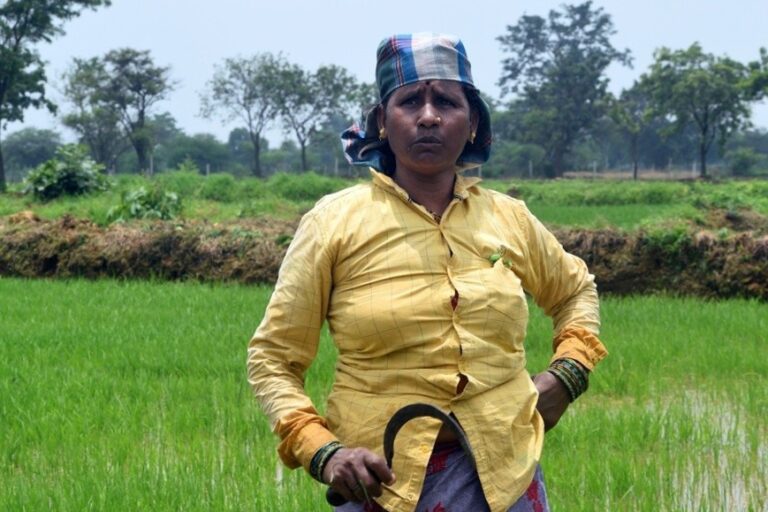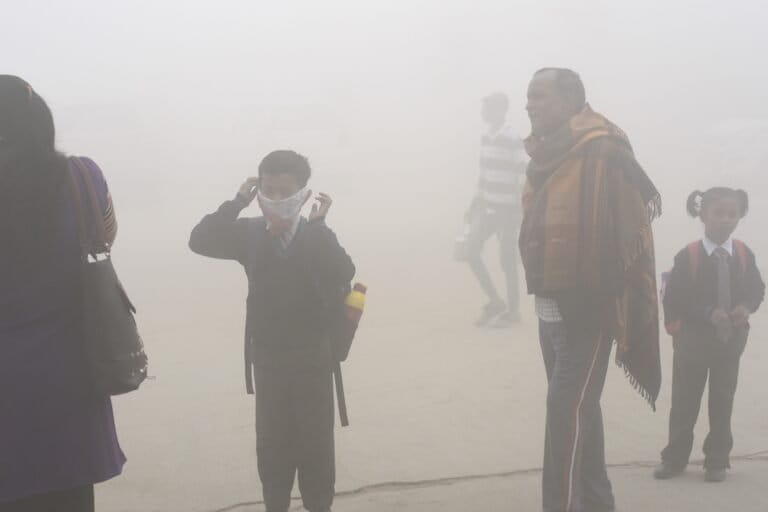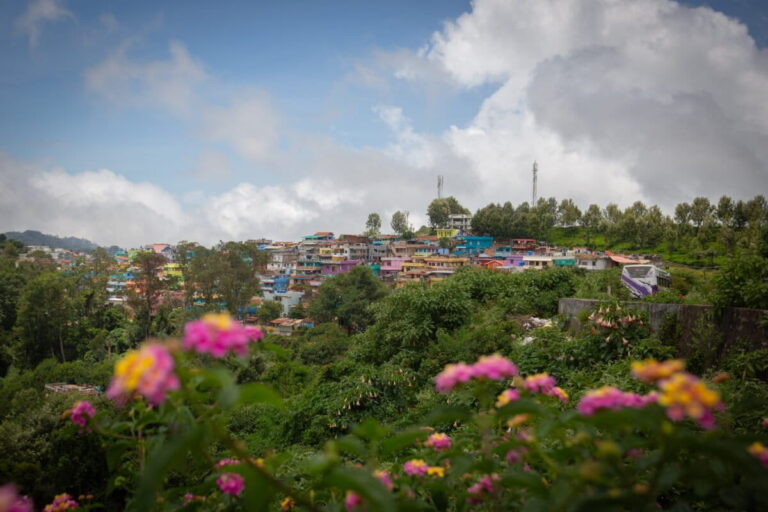- Grant-based funding volume for adaptation projects under three multilateral funds has remained the same for over five years.
- The highest financial needs in developing countries are identified for agriculture, water and infrastructure.
- Out of 168 adaptation projects that were funded, less than half were rated as satisfactory on their outcomes.
The promise made by high-income countries to double finance for climate adaptation will only close the adaptation finance gap by five percent, a new UN report has revealed. “Considering the pace of climate change, a boost in support of adaptation implementation is urgently needed,” the report says.
Global warming has already reached 1.1 degrees above pre-industrial levels, and the latest estimates suggest warming is slated to exceed the 1.5- and 2-degree limits prescribed under the Paris Agreement unless emissions are cut dramatically and immediately.
Climate adaptation is the necessary adjustment by communities and ecosystems to the escalating impacts of climate change driven by global warming. When the limits of adaptation are breached, climate impacts can lead to unavoidable losses and damages. The costs of both – adaptation and losses and damages due to climate change – are disproportionately borne by developing countries.
A three-year drought in the Horn of Africa, extreme rain and flooding in Libya, and wildfires in South America were all events in 2023 that bore the fingerprints of climate change on them, according to World Weather Attribution.
The current gap in funds needed for developing countries to adapt to climate change currently stands at between $187 and $359 billion per year, according to the Adaptation Gap report, released on November 7. Doubling adaptation finance, as was promised by rich countries at the COP26 in Glasgow in 2021, will increase flows by just $40 billion and reduce the gap by five percent.
Contributions to adaptation finance have fluctuated in recent years. In 2023, contributions crashed by 44 percent compared to the year before. The dip in funds last year could have been because donor countries contributed to the newly established Loss and Damage fund instead, experts told Mongabay India last year.
This year, contributions have stabilised and are expected to exceed 2022 levels of $28 billion, which “reflects progress,” but isn’t enough, according to the report.
The report comes ahead of the 29th Conference of Parties (COP29), where countries will meet in Baku, Azerbaijan to finalise a new climate finance goal, called the New Collective Quantified Goal (NCQG), which will be effective through 2030. “Given the scale of the challenge, the NCQG can only be a part of the solution, and bridging the adaptation finance gap will also require innovative approaches and enabling factors to mobilize additional financial resources,” says the report.

Misaligned funding
Apart from gaps in finances, the report also revealed gaps in adaptation capacity and assessed the types of projects attracting funding.
It found that out of 168 adaptation projects that were funded, only 40% “were rated as satisfactory on their outcomes, and a similar proportion as moderately satisfactory.” A little over half the projects were rated as moderately likely or likely to sustain beyond the project’s lifetime, which “demonstrates a continued need to improve the design and modalities of adaptation projects,” the report says.
The assessment was done for projects financed through three multilateral funds – the Global Environment Facility, Green Climate Fund, and Adaptation Fund – all of which are channels for climate finance. Most adaptation projects tended to be reactive and incremental in nature, whereas the challenge is to fund interventions that are more anticipatory, strategic and transformational in nature. In other words, adaptation funding is going towards projects that aim to maintain an existing system through incremental measures. “Treating adaptation as if it is similar to mitigation, i.e. focusing on technical options, or concentrating on the easiest-to-finance areas only, will not deliver the scale or types of adaptation needed,” the report says.
A majority of finance for adaptation is mobilised through domestic and international public sources. But grant based funding for adaptation projects has stagnated over the last five years, at just below $500 million per year. Finance in the form of loans, both concessional and non-concessional, have grown.
Developing countries have long demanded grant-based finance for adaptation, arguing that non-concessional loans in particular exacerbate existing debt burdens and go against the convention of common but differentiated responsibilities. The United Nations Framework Convention on Climate Change recognises that historical emitters have a responsibility to lead climate action and provide the means for developing countries to follow.
With the exception of grant-based funding, least developed countries (LDCs) receive the least amount of adaptation funds, according to a modelling exercise in the report. Even though additional contributions help close the funding gap, ultimately LDCs are bearing the cost of their own adaptation, which is “not in line with the principle of common but differentiated responsibilities and respective capabilities,” the report says.
There is an opportunity for the private sector to contribute, the report says, particularly in market sectors such as commercial agriculture, water, and infrastructure. “However, even in these cases, there is often a need for the public sector to use public finance to de-risk and unlock private investment,” the report says, adding, “Without more public finance – or innovative approaches to financing – it will be difficult to deliver most countries’ adaptation priorities.”

Adaptation funding in India
Middle-income countries like India are among the largest recipients of climate finance, including adaptation finance. Despite this, studies show funds are not adequate.
The National Bank for Agriculture and Rural Development (NABARD) manages India’s national fund for adaptation, and currently manages 30 projects at a cost of Rs. 8.47 billion. These projects are chosen based on focus areas outlined in various State Action Plans on Climate Change (SAPCC). The projects span a range of activities, from sustainable agriculture in Mizoram to rainwater harvesting in West Bengal.
But these projects represent a small fraction of adaptation needs spelled out in the SAPCCs. An analysis by think tank Climate Policy Initiative (CPI) found that between 2021 and 2030, the collective annual investment needs of six states with updated SAPCCs amounts to Rs. 444.7 billion ($5.5 billion).
In 2015, India’s estimated its investment needs would number around $206 billion to implement adaptation in the agriculture, forestry, fisheries, infrastructure, and water ecosystems till 2030. However, with rising impacts and costs, India has now made the demand for $1 trillion in climate finance.
CPI recommends, among other measures, that India’s Finance Commission – a constitutional body that recommends how to distribute tax revenues between the central government and the states – include adaptation finance needs when making its decisions. The 16th Finance Commission will begin its tenure in April 2026.
“Going forward there are two critical areas of focus to advance adaptation finance in India: Developing a pipeline of adaptation and resilience projects and advancing innovative financial instruments that create financial returns and pay for themselves as a result,” CPI says.
Banner image: A garbage collector photographed in Tanzania in 2017. Image by KelvinJM via Wikimedia Commons (CC BY-SA 4.0).














